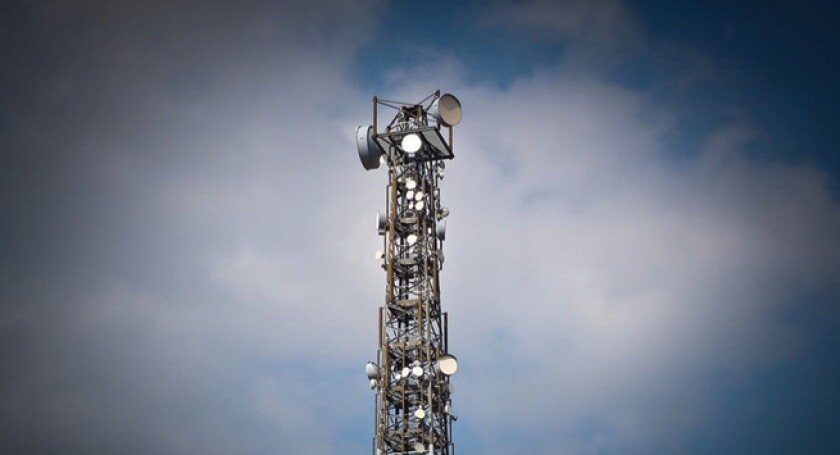Improving service for Angola’s 14mn mobile subscribers and expanding coverage to more of the country’s 30mn people was the driving force behind a 2016 law encouraging infrastructure sharing. TowerXchange speak to Angola’s first towerco, ANTOSC, to learn more about the country’s telecoms sector and ANTOSC’s progress in its first two years. ANTOSC have now built 18 sites in the country, with plans to build 100s more. Angola is a difficult place to operate with poor grid quality, high import prices and a brief history of infrastructure sharing, but that presents an opportunity to the first company that can make it work.
ANTOSC reveals Angola’s growing potential

